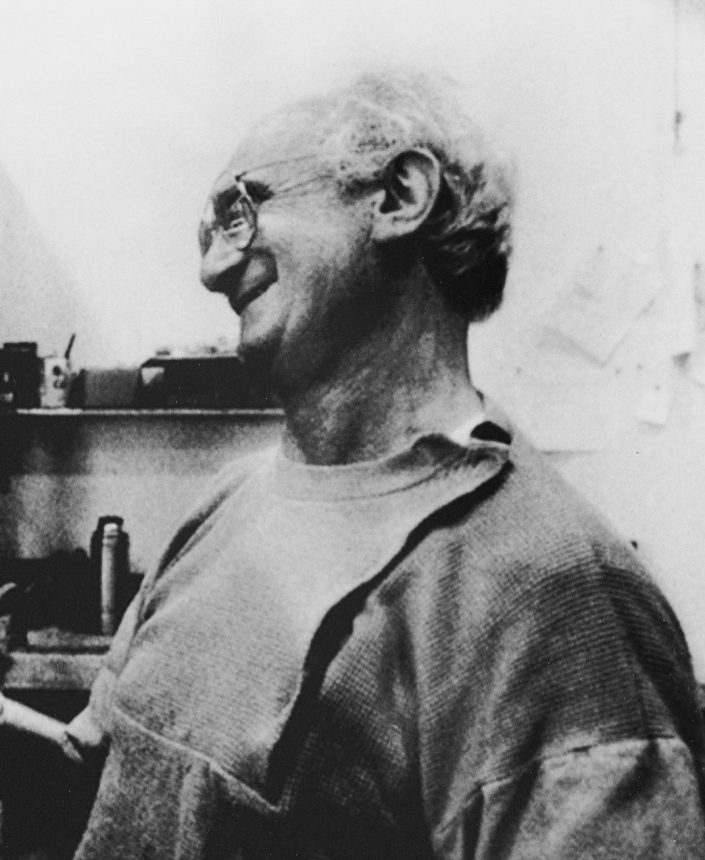Anton PRINNER
January 5, 2019Léopold Séménovitch SINAIEFF-BERNSTEIN
January 5, 2019Nathan RAPOPORT
WARSAW 1911 – NEW YORK 1987
Nathan Rapoport was born into an orthodox family. He studied the Torah. When his father fell ill, he left the heder and worked in order to provide for his family. In 1927, Rapoport studied sculpture at the local art school. In 1936, he received a scholarship that allowed him to study in France and in Italy. That same year, he was awarded the first prize of an artistic contest for his sculpture The Tennis Player. However, he refused to exhibit it in Nazi Germany and was disqualified from the contest.
In 1938, Rapoport was awarded another scholarship to study at the Ecole des Beaux-Arts in Paris. When the Nazi army invaded Poland in 1939, he escaped to the Soviet Union. The Soviets first provided him with a studio but later forced him to work as a worker. After the war, he returned to Warsaw, where he studied at the Academy of Fine Arts. He lost his entire family during the war and dedicated his work to commemorating the Holocaust.
In 1949, he moved to Israel. Ten years later, he emigrated to the United States and settled in New York. He traveled frequently between Israel and the United States. He died in New York and was buried in Petah Tikva, Israel.
Stories of Jewish Artists of the School of Paris 1905-1939
FRENCH-ENGLISH
Capitale des arts, le Paris des années 1905-1939 attire les artistes du monde entier. De cette période de foisonnement, un terme est resté, celui d'Ecole de Paris, qui recouvre une grande diversité d'expression artistique. Dans ce brassage dont Montparnasse est le creuset, un groupe se distingue : celui des artistes juifs venus de Russie, de Pologne et d'Europe centrale. Si leurs styles sont variés, un destin commun les rassemble : ils fuient l'antisémitisme de leur pays d'origine. Certains ont connu la célébrité dès les années 1920, tels Soutine, Lipchitz ou Chagall. D'autres n'ont pas eu le temps ou la chance d'y accéder. Près de la moitié a péri dans les camps de concentration nazis.
From 1905 to 1939, Paris attracted artists from all over the globe as the capital of the art world. This period of artistic proliferation became known as the School of Paris, and includes a great diversity of artistic expression. Within the teeming art world centred on Montparnasse, one group set itself apart: Jewish artists from Russia, Poland, and Central Europe. Although their styles were diverse, they shared the common fate of fleeing anti-Semitic persecutions in their home countries. Some became famous in the 1920s, such as Soutine, Lipchitz, and Chagall, while others did not have the time or the luck to gain renown. Nearly half of these artists died in Nazi concentration camps.





